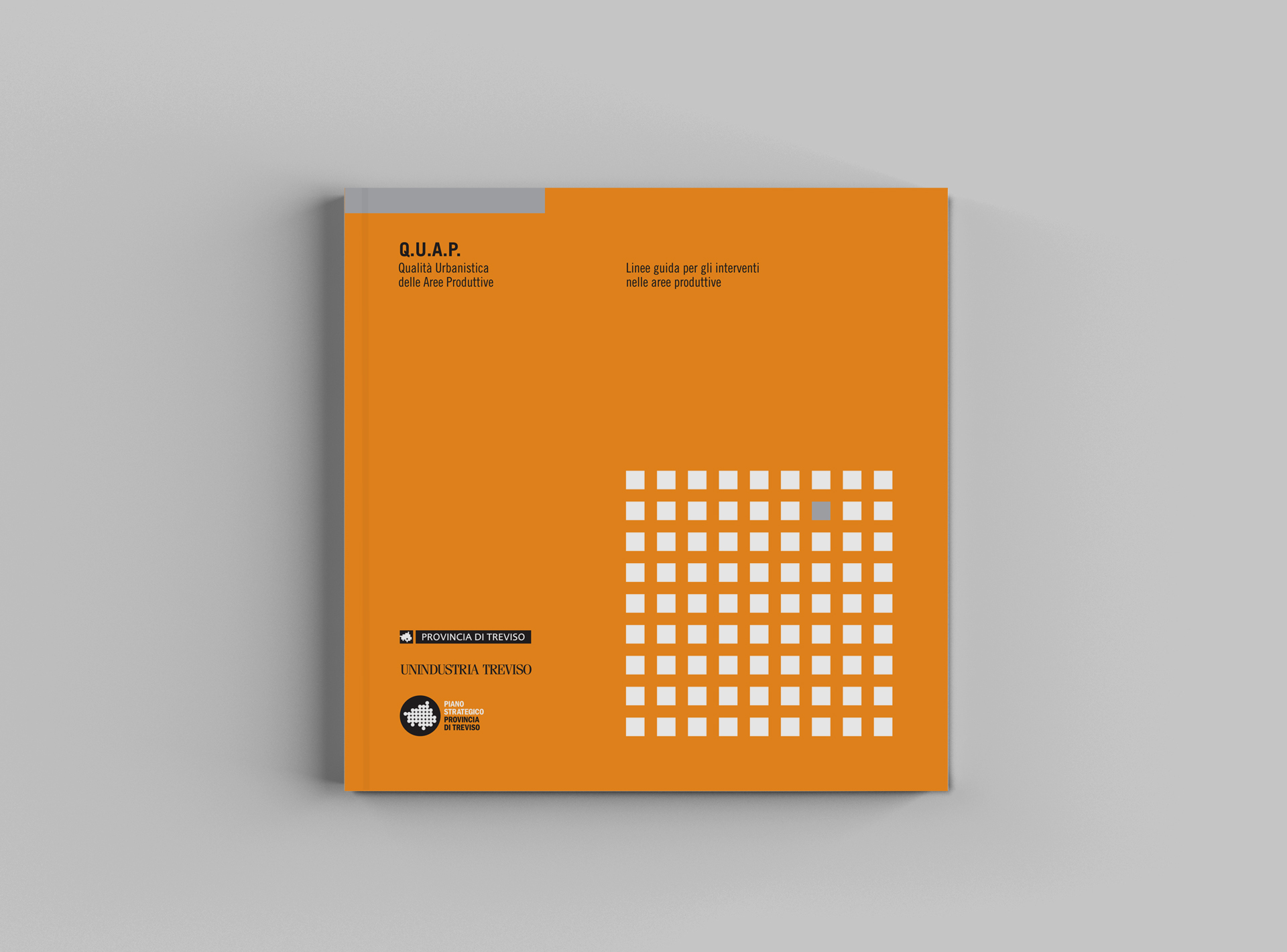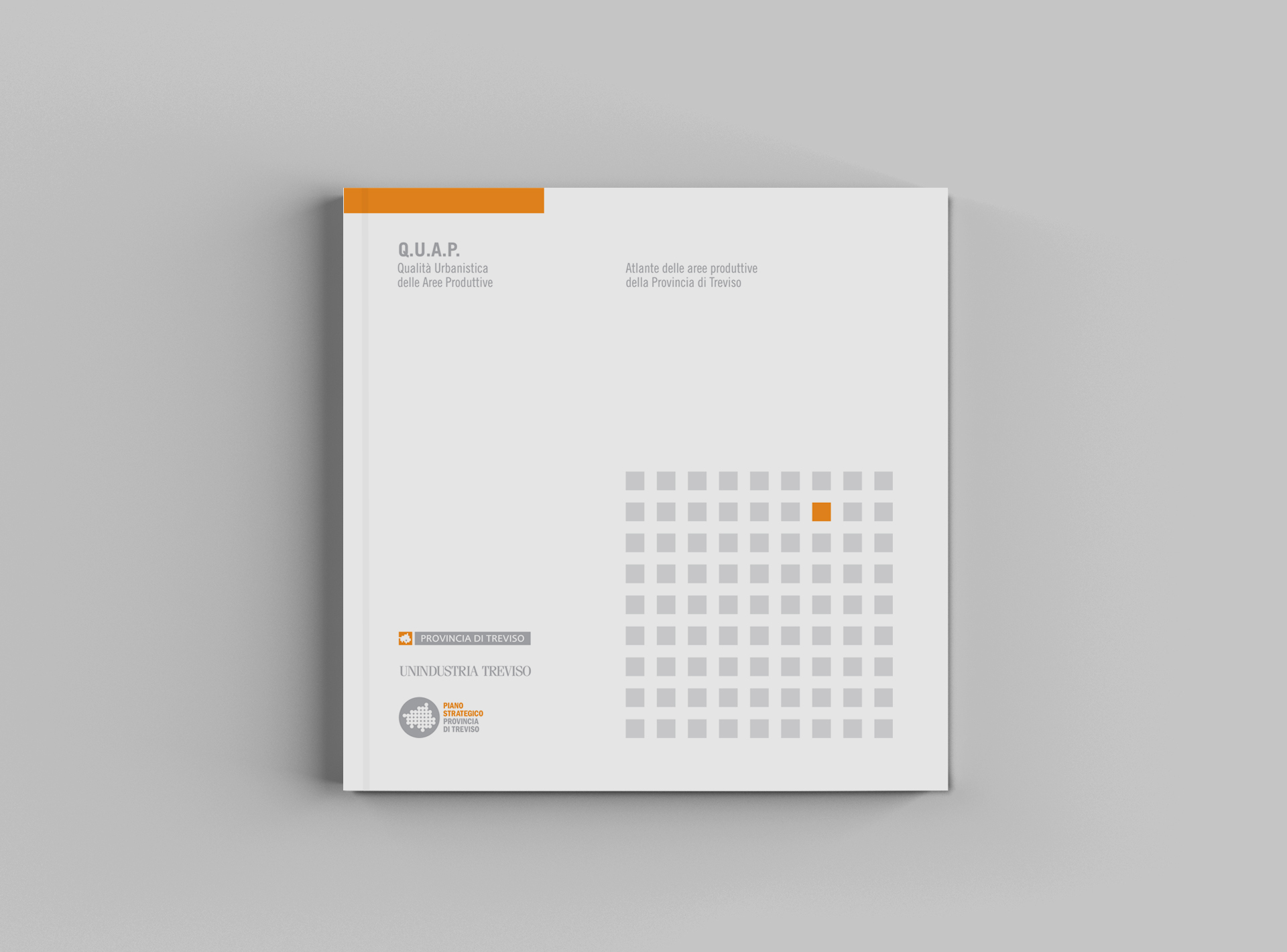

Client
Treviso Province, Unindustria Treviso
Authors
Steve Bisson, Laura Cipriani, Zeno D’Agostino, Dino De Zan, Andrea Menegotto, Silvia Roma., Marcel Smets
Title
QUAP. Qualità Urbanistica delle Aree Produttive. Vol. 1: Linee guida per gli interventi nelle aree produttive. Vol. 2: Atlante delle aree produttive della provincia di Treviso
Publication Year
2005
Date
June 03, 2017
Category
publications, research, urbanismAbout This Project
Bisson, S., Cipriani, L., D’Agostino, Z., De Zan, D., Menegotto A., Roma S., Smets M. (2005), QUAP. Qualità Urbanistica delle Aree Produttive. Vol. 1: Linee guida per gli interventi nelle aree produttive. Vol. 2: Atlante delle aree produttive della provincia di Treviso, Unindustria Treviso, Società Industrie Tipolitografiche, Dosson di Casier (TV).
[book in Italian – first volume – vol. 1: 92 p. – ill. – second volume – vol. 2: 252 p. – ill.]
The work – sponsored by Treviso Province and the Treviso Industrial Association – analyzes the industrial districts in the province of Treviso, one of the most industrialized regional areas in Italy, and seeks to propose green and urban strategies for industrial sites. Since no studies or analyses had been conducted on the research site, the two-year research project required substantial on-site investigation, as it was the first attempt at mapping, analyzing, surveying and finally proposing action on the region’s scattered industrial zones.
The research project was supervised by Prof. Marcel Smets, Professor of Urban Design and Regional Planning at KU Leuven University (Belgium). As a consultant for the office I was working with, I was in charge of applying ‘research by design’/‘design by research’ methods to several case studies selected by the administrations and identifying possible guidelines and best practices.
The work was particularly significant as it considered numerous issues regarding industrial sites in northeastern Italy which, following the closure of many industries in the area, have recently attracted the interest of academia.


